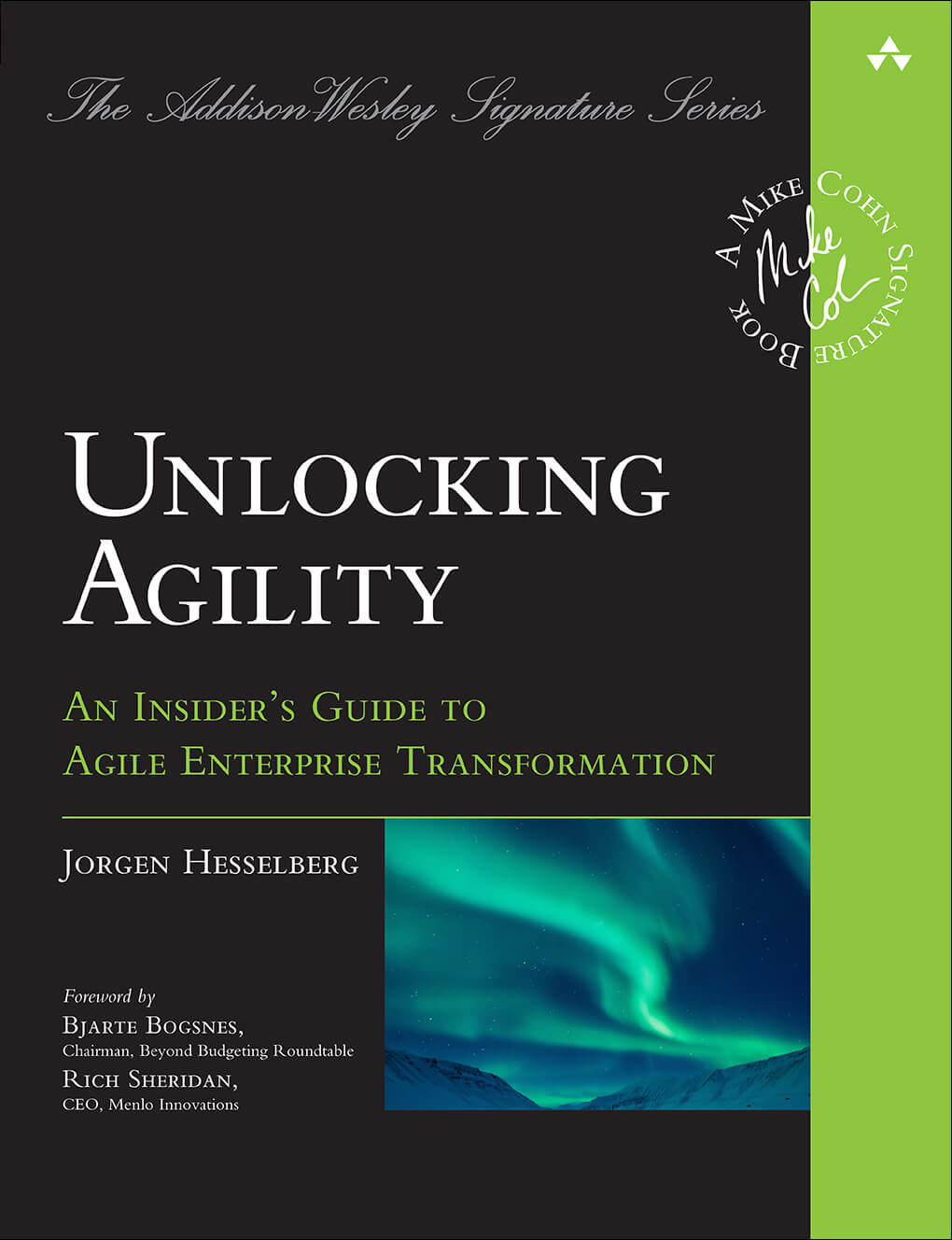Project Management Performance Series (PMPS)
Stakeholders Feedback
by Comparative Agility
The Stakeholders Feedback survey is an assessment focusing on capturing opinions and suggestions from the project stakeholders. This survey is normally conducted during project execution and the data gathered from the assessment can be used as part of an organization's improvement initiatives.
Assessments
Agile Project Management
The APM combines the best of proven project management practices with agile methodologies aimed at embracing emergent properties and uncertainty. In business environments where the level of uncertainty and variability are increasing, understanding concrete norms, practices and behaviors that help navigate the turbulence is more important than ever. The APM survey helps you identify where you can do better and recognize your strengths across your projects.
Project Performance Assessment
The purpose of the Project Performance Assessment is to gain insight into how well a project or program is performing in accordance with its objectives and how well it adheres proven best practices. It provides access to immediate opportunities of improvement, and it can be used at any point during the project life cycle.
Stakeholders Feedback
The Stakeholders Feedback survey is an assessment focusing on capturing opinions and suggestions from the project stakeholders. This survey is normally conducted during project execution and the data gathered from the assessment can be used as part of an organization's improvement initiatives.
The Project Management Performance Series
A set of validated assessments created by project management professionals aimed at improving
project outcomes across the organization through data-driven insights you can trust.
In a world characterized by constant flux, embracing proven project management practices have never
been more important. At the same time, the project management profession is evolving and embracing novel
ways of managing risk, keeping stakeholders informed, and ultimately delivering value in a predictable,
economically sound manner.
The Project Management Performance Series represents both well-established practices as well as emergent
ways of working proven especially effective in business environments characterized by volatility,
uncertainty, complexity and ambiguity (VUCA). By benchmarking your organization's project management
efforts against peers and taking decisive action on the insights revealed by the validated assessments,
forward-leaning organizations can reduce risks and increase the success rate of critical projects across
the enterprise.
Sample Questions
Project Tracking
I received sufficient communication to understand the current status of the project/program, changes that have been made during execution, and what is left to do.
Project Tracking
I'm comfortable with the way the project/program is being managed.
Project Tracking
The risks and issues are managed appropriately, and brought to my attention when required.
Success
The project team is working together collaboratively towards the project/program goals/objectives.
Success
The stakeholders will be ready and accepting of the change this project/program will introduce.
Success
I'm confident that the project/program can still be executed successfully to deliver the defined scope, benefits, and goals/objectives.
